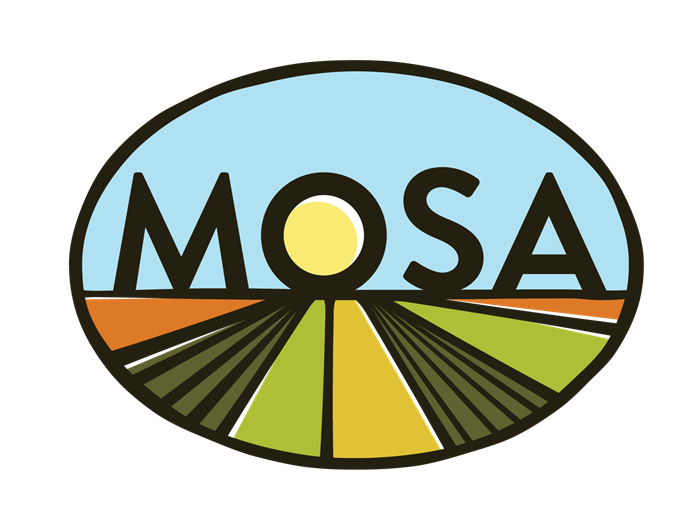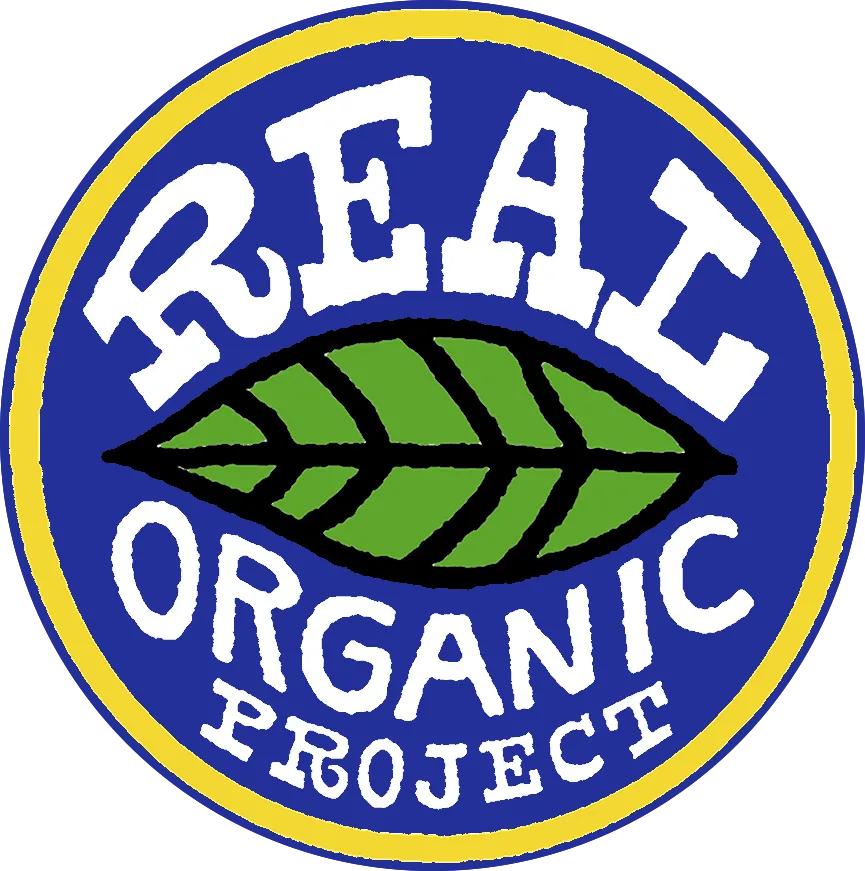Killing Frost: CSA Summer ’13 ” Week #19
Monday morning we woke up and looked out the window to see white, frosted grass. Our first reaction – Yes! Yahoo! The second? Oh #^^*##! We left the water reel out! There’s still lettuce we could’ve/should’ve harvested Sunday! Did we remember to harvest those jalapenos for our own salsa canning?
Such is the killing frost. You can prepare for it, but you really never know when it’s going to come – especially on lower ground like ours. Some years we have had a killing frost as early as September 15th. So this year we are feeling pretty great to have made it all the way to the 14th of October. We are ready for it. Mentally, physically, and logistically. By this time of the season, after multiple successful, bountiful harvests of the heat-loving crops like basil, tomatoes, eggplant, and peppers, we are ready for the plants to be done. It allows us to transition fully into harvesting and storing our harvest crops.
It’s hard to describe the deep exhale that comes along with a killing frost. There is still much to be done for the season, but somehow the rest seems more manageable. The killing frost is an event that carries with it an impending mental finish line. It’s like post-dinner time with small kids. Bath time, book time, bedtime all remain, but the large arc of the day is complete.
You may be wondering what we have left to do? At this point in the season, five main tasks remain: 1) Plant garlic 2)Harvest remaining storage crops 3) Store crops for winter 4) Ready fields for winter 5) Wash and pack for winter shares.
1) Plant Garlic. You may recall we had a crop failure. We lost 80% of what we planted. We have saved most of it for seed. To learn more about how we plant garlic, check out last year’s newsletter on the subject: Garlic Time.
2) Harvest Remaining Storage Crops. Currently we have parsnips, beets, carrots, leeks, celeriac, rutabaga, kohlrabi, cabbage, and beauty heart radish still in the field. All of these crops need to come out of the field and be put into storage. We are set to harvest more carrots later this week (after the ground dries out a bit), and I hope to take some photos and show you how we do this in next week’s newsletter.
3) Store Crops for Winter. We store most of our root crops in large, plastic pallet bins in our 3 walk-in coolers. We have had a good growing year for these crops, so finding a way to fit them all in the space we have will be a challenge!
4) Ready Fields for Winter. Organic farming is essentially about preserving and building organic matter in the soil. To do this, we try to replace what we took out and to avoid leaving bare soil. To this end, we plant cover crops that both replenish nutrients and help hold soil in place. So as we finish harvesting crops, field by field, we will plant winter rye in as many as we can- up until the ground freezes. I like to think of it as putting a little green blanket on the soil before the winter.
5) Wash and Pack for Winter Shares. By early November, we typically have most of the crops harvested and in storage. We store crops in their dirt. So carrot by carrot, parsnip by parsnip, we unload these vegetables (by hand) from their pallet bins. Then we will wash them and repack them into bags to go into the winter share boxes.
Thanks to all of you EO-A members who have come along on the journey of local food and farming with us this season! We hope you have a peaceful winter.
Sincerely,
the Noltnerwyss family
In the Box:
- Beauty Heart Radish
- Butternut Squash
- Carrots
- Celeriac
- Garlic
- Green Bell Pepper
- Leek
- Parsnip
- Onion, Red
- Onion, Yellow
- Sweet Potato
EOs only:
- Chinese Cabbage
- Green Kale
- Shallot
REGs only:
- Rainbow Chard
Summer Week #19: Wednesday, October 16th” Group A EOs (FINAL for EO-A members)






